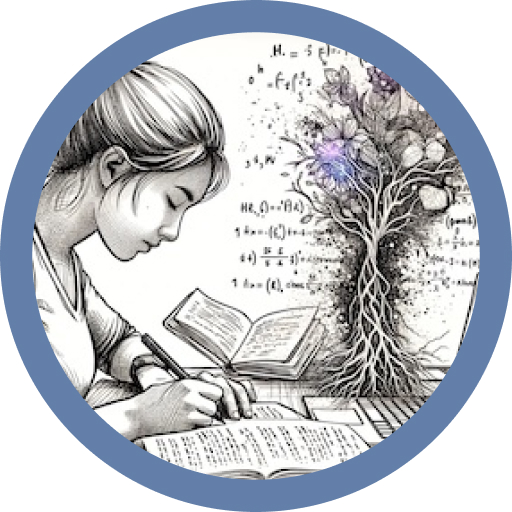This website doesn’t use many cookies but there are a few. Learn more. By clicking “Accept” you agree to the temporary storing of cookies on your device.
Will has been teaching creative writing and ELA to high school, undergraduate, and graduate students since 2008.
One of my favorite English teachers was a short, frail, bespectacled woman who seemed to have her hair cut every week. My classmates and I called her The Moose (trimming a few syllables from her Greek surname). Her physical appearance was deceptive: The Moose was vigor in the flesh, and the books she assigned, like Kiss of the Spider Woman and The Pawnbroker, were unflinching and unexpected. The Moose held her students to high standards and in doing so demonstrated her deep respect for them. By making us confront complexity, The Moose taught us we *could* confront it. Plus she had a wicked sense of humor.
But most important to my own teaching practice was the value she placed on drawing connections: between cultures (her reading list included works from various countries), between disciplines (all those painters she introduced me to!), between what we encounter on our newsfeeds and what we encounter in the pages of a book. In my own classes and one-on-ones, I invite students to engage in this same kind of cross-genre, cross-disciplinary, and cross-cultural thinking. Sometimes I’ll use poetry to get students thinking about voice in college essays. Sometimes I’ll ask students to look at collages or multimedia work before embarking on a compare-and-contrast paper. In a recent class, I had students hunt for culturally-specific allusions in a Beyonce video before analyzing academic theories of high-context and low-context cultures. This pedagogical approach keeps students on their toes and inspires them to be open and curious thinkers. Functions, I might add, of good writing, too.
I’m a writer myself, so my real hope is to instill in students an enthusiasm for language: for the well-made sentence, for the arresting metaphor, for sound. I find that students who read widely and deliberately, asking themselves—in addition to what a text means—how a text was made and the effects of those choices, generally engage in a richer and more purposeful relationship with the written word.

“I’m a writer myself, so my real hope is to instill in students an enthusiasm for language: for the well-made sentence, for the arresting metaphor, for sound.”
“Going through AP Lit with Will has been super fun and interesting.”
